First question is, is there some place I can look up and learn to read
resistor datasheet in detail?
I don't know of any better place than this site.
I want to have a general idea of what the temperature of resistor will
be at certain power.
You can predict the heat power generated because that is the average of voltage x current. As to what temperature this causes the resistor to rise to depends on how you extract that heat: -
- No heat extraction means that the resistor will carry on ramping up in temperature at a rate determined by the power and the thermal lag or capacity of the resistor until it melts.
- In other words, a resistor dissipating power in a vacuum with no other from of heat extraction will continue to rise in temperature because nothing is extracting the heat
- Of course, in air, there is a cooling effect and this will stabilize the temperature at a value that ensures electrical power in equals heat power out.
- When mounted on a heatsink, the effective surface area of the resistor increases dramatically and this means with a flow of air (either natural or forced) the resistor will run cooler.
Second, I found these graphs online, when looking to buy a resistor I
need, and I am having trouble understanding the graphs or I am unsure
to what they represent exactly, can you help out?
The power consumption curve is based around the resistor being mounted (or not) on a heatsink in a particular air-flow condition (forced or natural) and, it's telling you that as ambient temperature rises above 40°C you cannot dissipate the same power as below that temperature
The power reduction curve is pretty much the same as the power consumption curve except it is showing options of mounting the resistor on a heatsink (curve B). Curve C and D are for different body size resistors it seems.
The surface temperature rise graph doesn't indicate what the various plots are so I'm stumped on that one.

